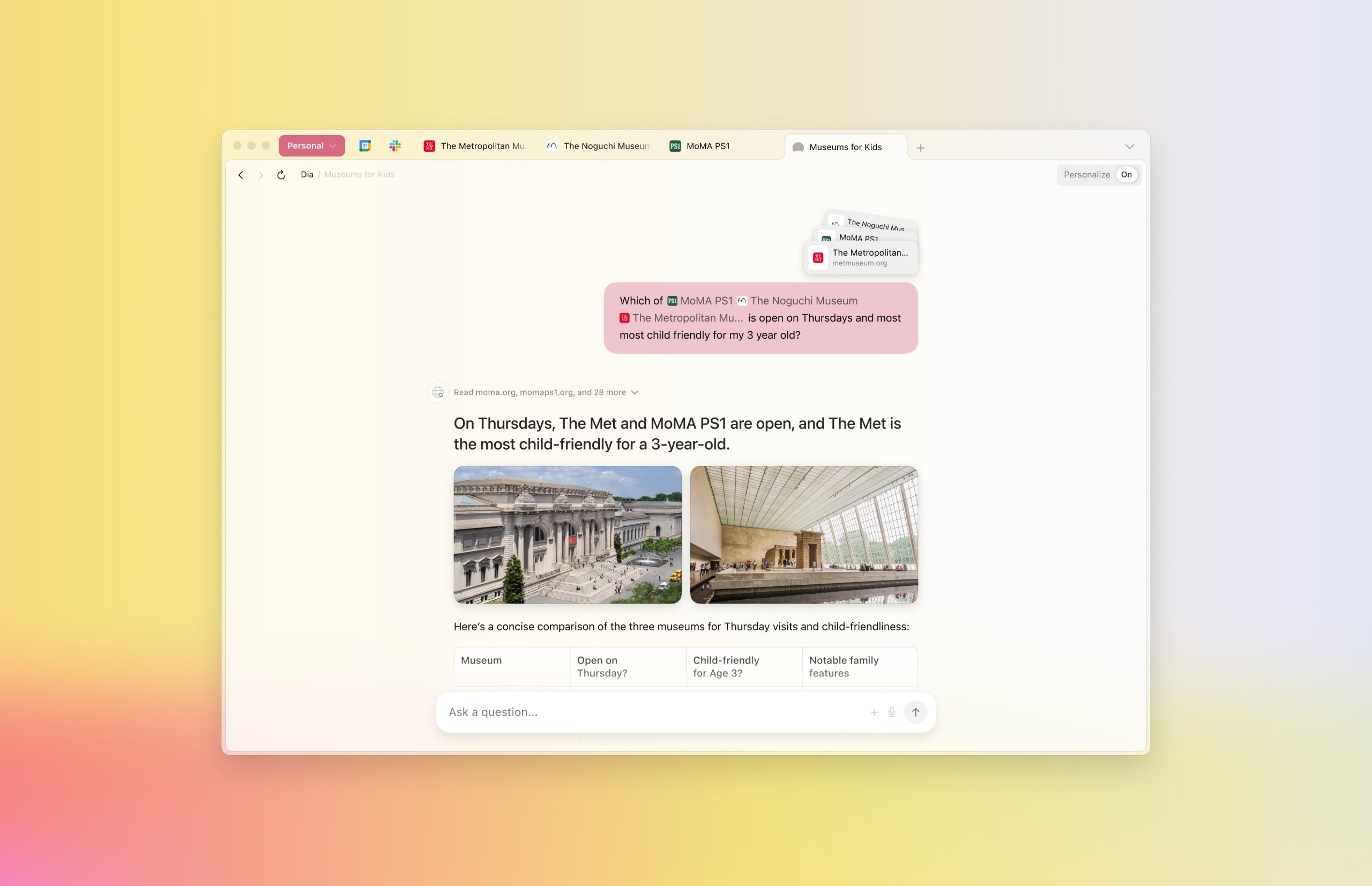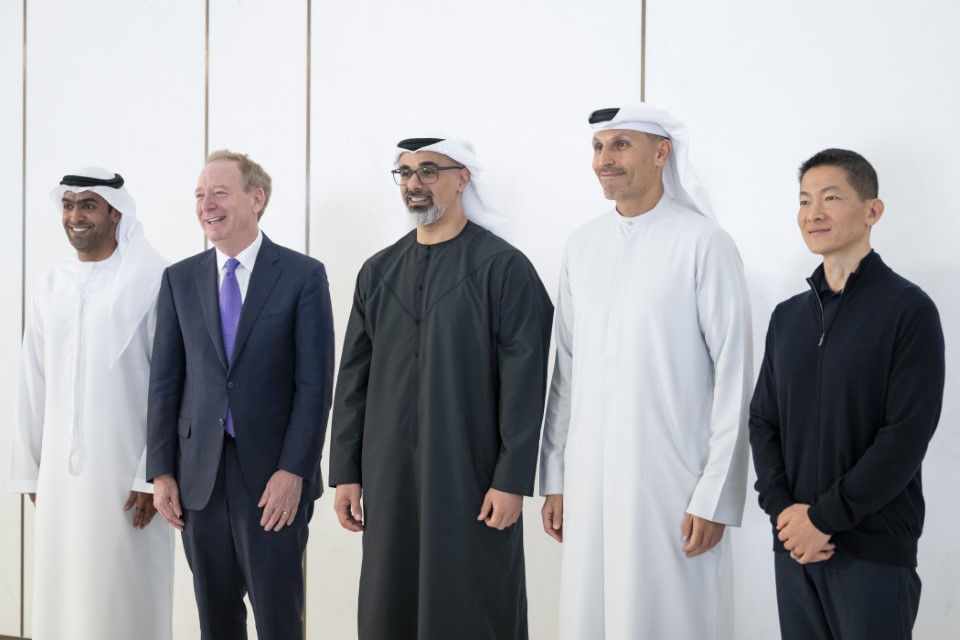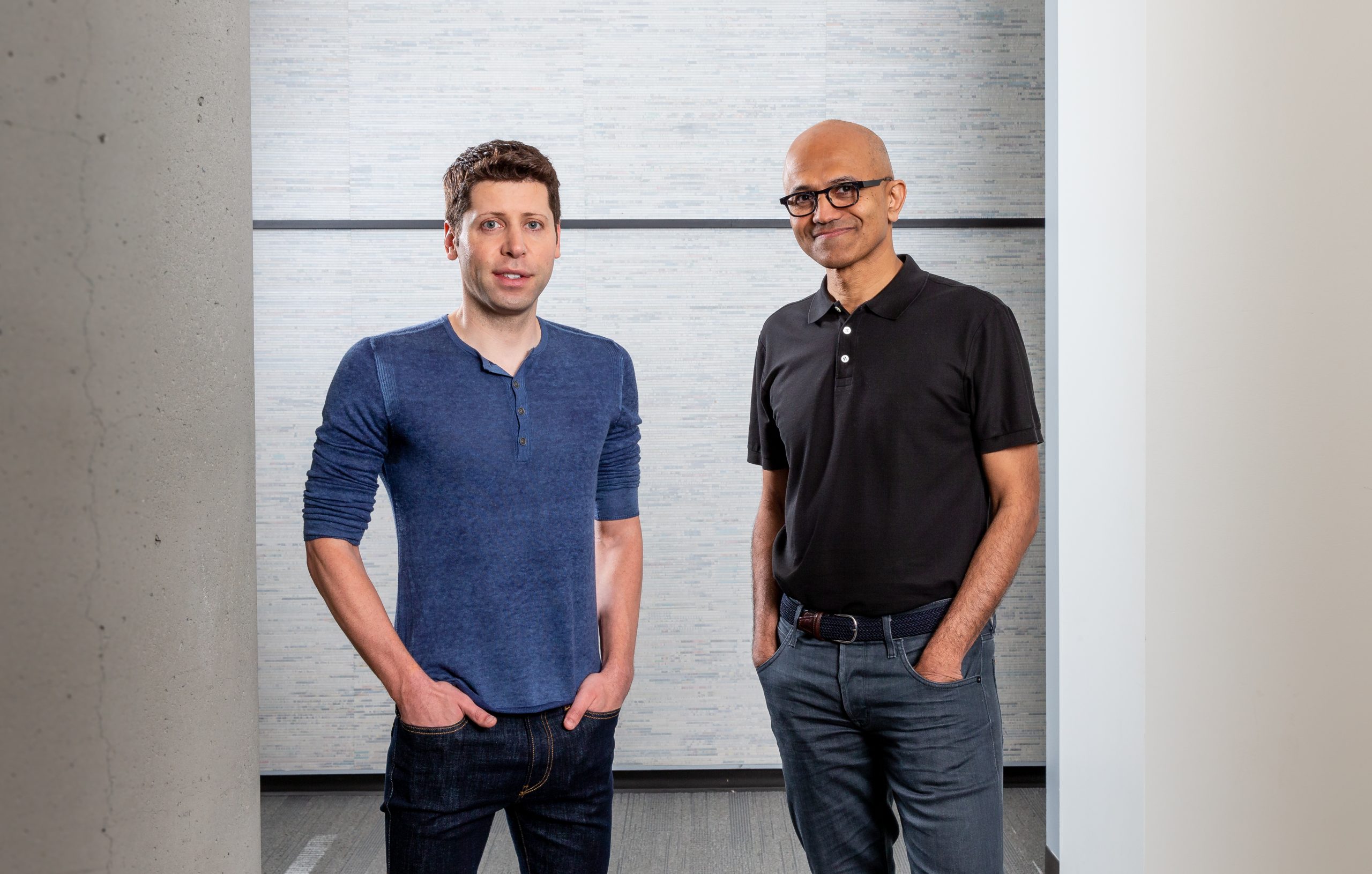
The landscape of web browsing is on the cusp of a significant transformation, with The Browser Company’s new artificial intelligence-centric web browser, Dia, poised to integrate the most celebrated features from its predecessor, Arc. This strategic move, confirmed by founder Josh Miller, signifies a calculated evolution, merging the user-centric innovations of Arc with a fundamentally AI-native architecture designed for enhanced speed, security, and intelligent functionality. The decision underscores a broader industry trend towards embedding AI capabilities directly into the core user experience, moving beyond mere content consumption to proactive digital assistance.
From Arc’s Legacy to Dia’s AI Ambition
The Browser Company, a startup that garnered considerable attention for its ambitious attempt to reimagine web navigation, is leveraging invaluable insights gleaned from Arc’s journey. While Arc, launched in mid-2023, aimed to redefine how individuals interact with the internet, its complexity proved to be a hurdle for widespread adoption. Dia, in contrast, is being developed with an "AI-first" philosophy, intending to offer a streamlined yet powerful experience. The integration of Arc’s "greatest hits," such as the customizable sidebar mode, alongside Dia’s native AI functionalities like advanced memory and intelligent agents, represents a conscious effort to synthesize proven user interface strengths with cutting-edge artificial intelligence. This approach seeks to provide a browsing experience that is both familiar and futuristic, addressing the modern user’s desire for efficiency without sacrificing innovative utility.
The Genesis and Evolution of The Browser Company
The journey of The Browser Company began with a bold premise: that the prevailing web browsers had become stagnant, failing to keep pace with the dynamic nature of digital life. For decades, the fundamental paradigm of web browsing had remained largely unchanged since the early "browser wars" of the 1990s and early 2000s, which saw Netscape Navigator yield to Internet Explorer, only for both to be challenged by Firefox and later, Google Chrome. These titans primarily focused on rendering web pages, managing tabs, and ensuring basic security. However, as the internet evolved into a pervasive platform for work, communication, entertainment, and personal organization, the need for a more integrated, intelligent, and personalized browsing experience became evident.
The Browser Company emerged from this perceived void, driven by a vision to create a browser that was not just a window to the web, but an active participant in the user’s digital workflow. Their initial offering, Arc, represented a significant departure from conventional browser design. It sought to address common pain points like tab overload, context switching, and the fragmentation of digital tasks by introducing features that prioritized organization, productivity, and a more intuitive interaction model. This pioneering spirit set the stage for their subsequent AI-driven ventures.
Arc: A Visionary Experiment’s Complex Legacy
Arc’s initial release was met with considerable excitement from tech enthusiasts and power users. Its design philosophy centered on creating a more organized and personalized browsing environment. Key features included distinct "workspaces" for separating professional and personal browsing contexts, allowing users to maintain different sets of pinned tabs, themes, and even cookies. The "Command Bar" offered a Spotlight-like search functionality, enabling quick access to tabs, applications, and system functions. The prominent sidebar, a central design element, consolidated search, tab management, bookmarks, and media controls into a single, accessible panel. Visually, Arc was sleek and modern, emphasizing customization and a fluid user experience.
However, as founder Josh Miller candidly admitted, Arc’s ambitious re-imagination proved to be a double-edged sword. "Arc was simply too different, with too many new things to learn, for too little reward," Miller reflected in a blog post earlier this year. The steep learning curve associated with its novel interface and extensive feature set deterred many potential users. While innovative, the sheer volume of new concepts and the departure from established browser conventions created a cognitive load that overshadowed its benefits for a broader audience. The experimental nature, while contributing to its charm for early adopters, also led to a degree of complexity and a lack of cohesive simplicity that hindered mass appeal. This self-awareness prompted a significant strategic shift: the decision to wind down Arc, open-source its code, and channel the company’s resources into the development of Dia, an AI-first browser designed to learn from Arc’s pioneering but ultimately challenging journey. Arc, therefore, stands not as a failure, but as an invaluable proving ground, offering critical insights into what truly resonates with modern internet users and where innovation might have overstepped practical usability.
Dia’s AI-First Architecture and Strategic Foundation
Dia’s core differentiator lies in its architecture, which Miller asserts is "much better for AI, speed, and security." This foundational shift is crucial for an AI-native browser. For AI features to be truly integrated and performant, the underlying system must be designed to handle complex computations, process vast amounts of data efficiently, and ensure robust data privacy and security. Unlike traditional browsers that might bolt on AI features as extensions, Dia is built from the ground up to leverage artificial intelligence at its core.
The promise of "memory and agents" in Dia hints at a browsing experience that is far more proactive and personalized. "Memory" in this context refers to the browser’s ability to intelligently recall and utilize a user’s past interactions, preferences, and browsing context to offer relevant assistance. This could manifest as smart suggestions, contextual search results, or even predictive actions based on established habits. "Agents" suggest automated functionalities that can perform complex tasks on behalf of the user, such as summarizing lengthy articles, generating content, organizing information, or even executing multi-step workflows across different web services. This moves the browser beyond being a mere portal to becoming an intelligent digital assistant, deeply integrated into the user’s daily tasks. Furthermore, the emphasis on reduced "bloat" suggests a commitment to a lean, efficient application that prioritizes performance and responsiveness, a common desire among users frustrated by resource-heavy software.
Integrating "Greatest Hits" for a Refined Experience
The strategic integration of Arc’s "greatest hits" into Dia is a testament to the value of user feedback and iterative development. While Arc’s overall complexity proved challenging, specific features clearly resonated with its user base, offering tangible improvements to the browsing experience. The return of the sidebar mode, for instance, provides a familiar and beloved organizational tool, helping users manage tabs and navigation efficiently. Other features like "Focus mode" for distraction-free browsing, vertical tabs for better spatial organization, "pinned tabs" (including a grid-view option) for quick access to essential sites, and automatic Google Meet picture-in-picture functionality when switching tabs, all address common productivity and usability concerns. Custom keyboard shortcuts, another Arc staple, empower power users to tailor their interaction with the browser, enhancing speed and efficiency.
The development team is also actively exploring how to transition Arc’s "Spaces"—distinct browsing areas with their own sets of pinned tabs, favorites, themes, history, and cookies—into Dia, further demonstrating a commitment to preserving the most valuable aspects of the Arc experience. By carefully selecting and adapting these proven features, Dia aims to deliver the benefits of Arc’s innovation without reintroducing its original complexity. This nuanced approach, as hinted by Miller, strives for a balance where Dia is "snappier, smarter, simpler by default w/ Pro mode," suggesting a layered experience that caters to both casual users and those who desire deeper customization and control.
The Broader AI Browser Landscape and Market Dynamics
The Browser Company’s pivot to an AI-first browser is not occurring in a vacuum; it is part of a broader industry trend. Major players like Google Chrome, Microsoft Edge (with Copilot integration), and Opera (with its Aria AI) are all actively exploring and implementing artificial intelligence features within their browser ecosystems. This emerging "AI browser race" signifies a collective recognition that the next frontier of web interaction will be defined by intelligent assistance, contextual awareness, and automated efficiency.
Google Chrome, with its vast market dominance, has begun integrating AI features for search, content summarization, and tab organization. Microsoft Edge’s Copilot offers AI-powered chat, content generation, and intelligent search directly within the browser. Opera’s Aria AI provides a generative AI assistant for content creation and information retrieval. In this competitive landscape, Dia seeks to carve out its niche by offering a browser built from the ground up with AI at its core, potentially offering a more seamless and deeply integrated experience than those that have retrofitted AI onto existing architectures. The challenge for Dia, and indeed for all contenders, will be to demonstrate tangible value to users, moving beyond novelty to indispensable utility. The market impact of a truly intelligent browser could be profound, transforming how individuals consume information, manage tasks, and interact with digital content, potentially leading to increased productivity and a more personalized online experience.
Atlassian’s Strategic Investment and Future Synergies
A significant development in The Browser Company’s trajectory was its acquisition by Atlassian for $610 million. This acquisition provides Dia with substantial resources, financial stability, and a broader reach, while allowing The Browser Company to continue operating independently. This autonomy is crucial, as it enables the development team to maintain its innovative culture and continue refining Dia without being fully absorbed into a larger corporate structure that might dilute its vision.
The acquisition also opens up significant opportunities for synergy, particularly for enterprise and professional users. Miller has indicated that Dia will develop "deeper integrations with Atlassian’s Jira and other apps, like Linear." Jira, a widely used project management tool, and Linear, another popular issue tracking and project management solution, are integral to the workflows of countless development teams and businesses. Integrating Dia with these platforms could create a powerful ecosystem, streamlining tasks such like research, documentation, and communication directly within the browser environment. This strategic alignment could position Dia as a preferred browser for developers, project managers, and knowledge workers, offering a competitive advantage in a specific, high-value segment of the market. The Atlassian backing not only validates The Browser Company’s innovative approach but also provides a clear pathway for Dia to gain traction within a professional user base, expanding its potential impact beyond general consumer adoption.
Navigating the Future of Web Interaction
As Dia continues its development, with features like swipeable profiles and Arc Search-inspired mobile app updates slated for 2026, The Browser Company is actively soliciting user feedback, signaling a commitment to a community-driven development process. This iterative approach, combining lessons from Arc with new AI capabilities and strategic partnerships, positions Dia as a significant contender in the evolving browser landscape.
The transformation of the web browser from a simple document viewer to a sophisticated AI-powered assistant reflects a broader shift in how we interact with technology. The future of browsing is likely to be characterized by increasing intelligence, personalization, and seamless integration with our digital lives. Dia, by building upon the insights of its predecessor and embracing an AI-first design philosophy, aims to be at the forefront of this exciting new era, striving to deliver a snappier, smarter, and simpler pathway to the vast expanse of the internet.





